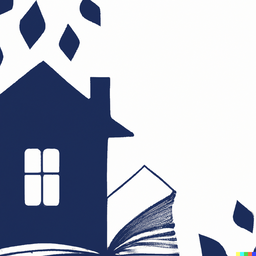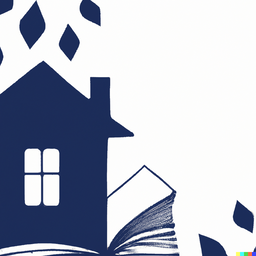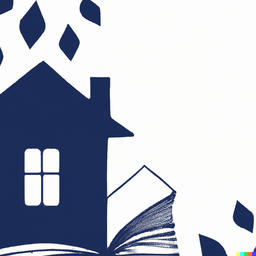
How does "House of Leaves" explore the concept of fear?
Danielewski’s postmodern horror tour de force House of Leaves employs numerous formal innovations to viscerally unsettle readers, perfectly mirroring the characters’ own twisted descent into terror. Through disorienting narrative devices, typographical experiments, and nested storylines chronicling psychological unraveling, Danielewski submerges audiences directly into the palpable sensations and philosophies of fear.
The Unearthly House and Its Clinical Documentation
The novel’s core horror emerges through its accounts of the uncanny experiences within the Ash Tree Lane house as told by dispassionate reporter Zampano. In eerily clinical language, Zampano catalogs each spatial and sensory anomaly as the home warps into an impossible labyrinth defying physics, evoking alienation and existential dread. Like the characters, readers feel the terror of reality crumbling away to reveal unknowable voids beneath.
The Contagious Nature of Fear and Madness
Yet more insidiously, Danielewski exposes how obsession breeds escalating paranoia through secondary narrators like Johnny Truant, whose attempts to investigate and edit Zampano’s work spiral into violent irrationality. Through Truant’s mania, Danielewski reveals fear as contagious - transmitted initially through ideas before devouring identity and relationships. As Truant’s mental state deteriorates, we recognize in him our own latent capacity for obsession to consume reason.
Unmasking the Psychology of Fear in House of Leaves
House of Leaves utilizes complex structure not just to bewilder but to make audiences viscerally experience the psychology of fear. Like the book’s central conceit of a doorway that transforms spatial understanding, Danielewski engineers a doorway into fear itself through innovative form and ruthless focus. He exposes fear as reliant on perception, repetition, obsession - and most disturbingly, willful belief. In forcing our complicity, Danielewski chillingly illuminates the wanting within wanting to be afraid.
By echoing themes of distorted reality through distorted narratives, House of Leaves provides both sensation and commentary on the nature of terror. Danielewski reveals fear as a realm potentially of our own creation if we open pathways not easily closed. The novel’s ultimate horror may be how it awakens and amplifies our cravings to feel afraid.
Popular posts
-

Unofficial Sparknotes Guide to "House of Leaves" by Mark Z. Danielewski
November 2nd, 2023
-

Chapter Summaries of "House of Leaves"
November 2nd, 2023
-

Character Analyses in "House of Leaves"
November 2nd, 2023
-

Themes in "House of Leaves"
November 2nd, 2023
-

Notable Quotes from "House of Leaves"
November 2nd, 2023
-

Discussion Questions for "House of Leaves"
November 2nd, 2023